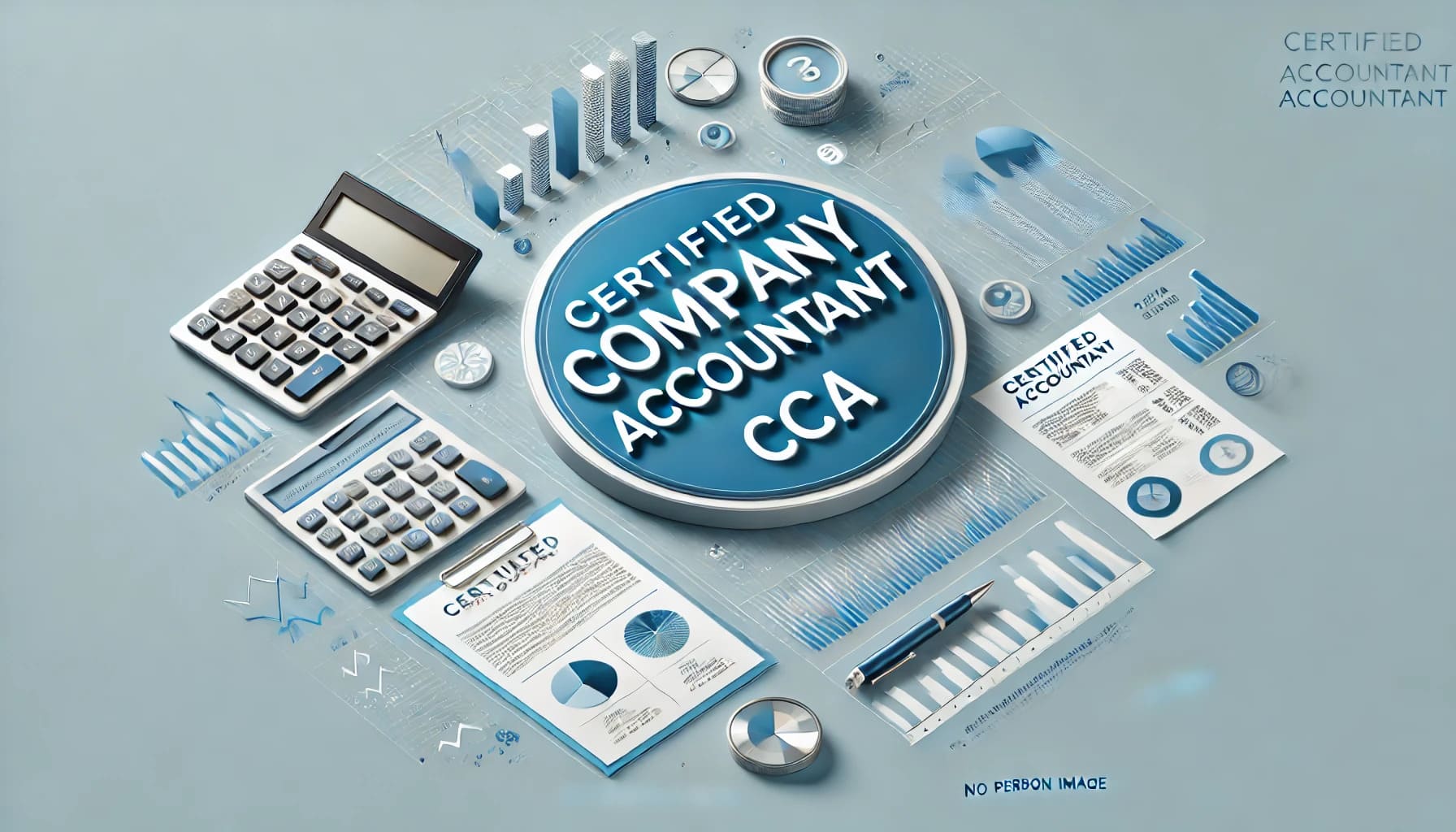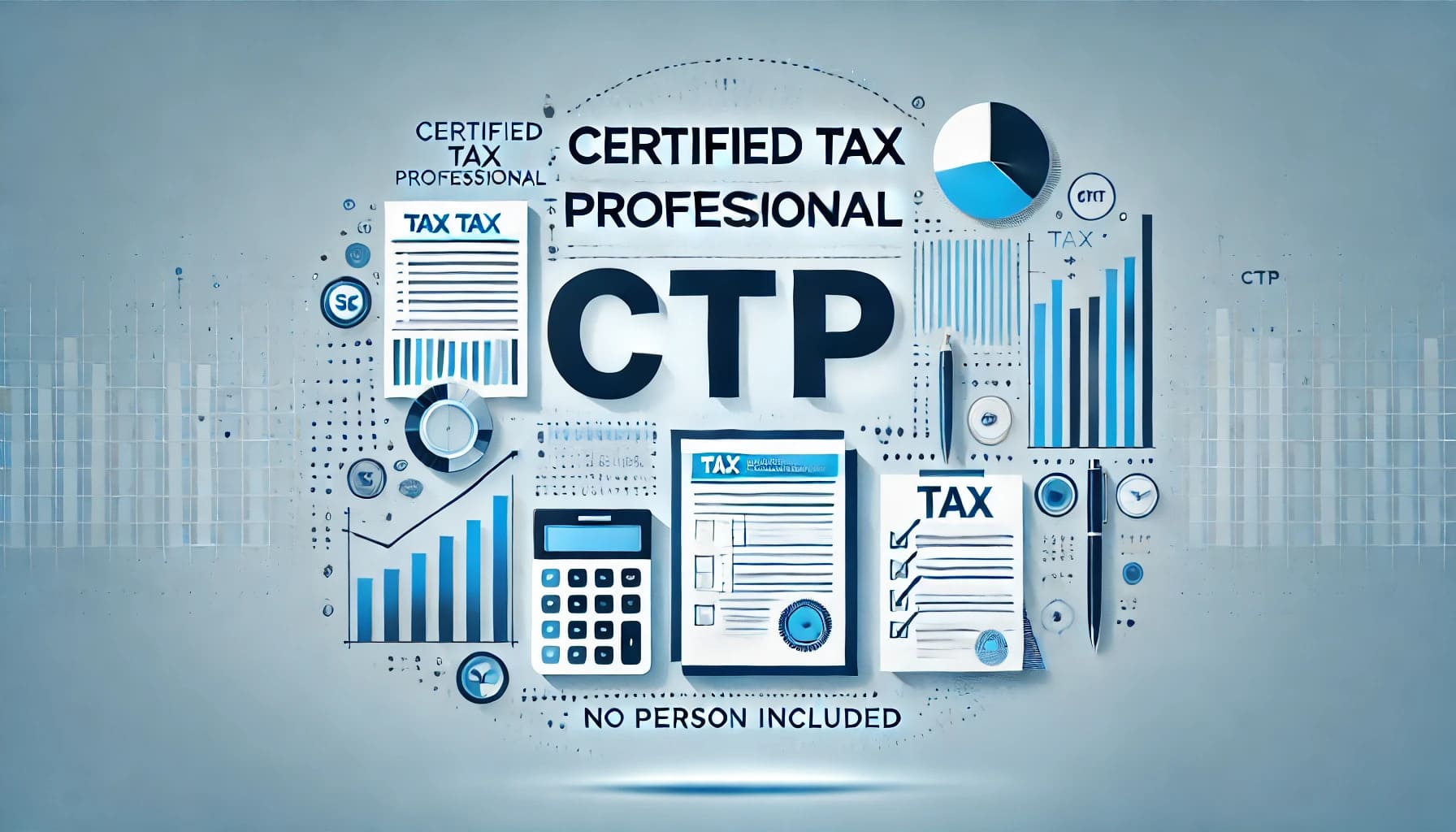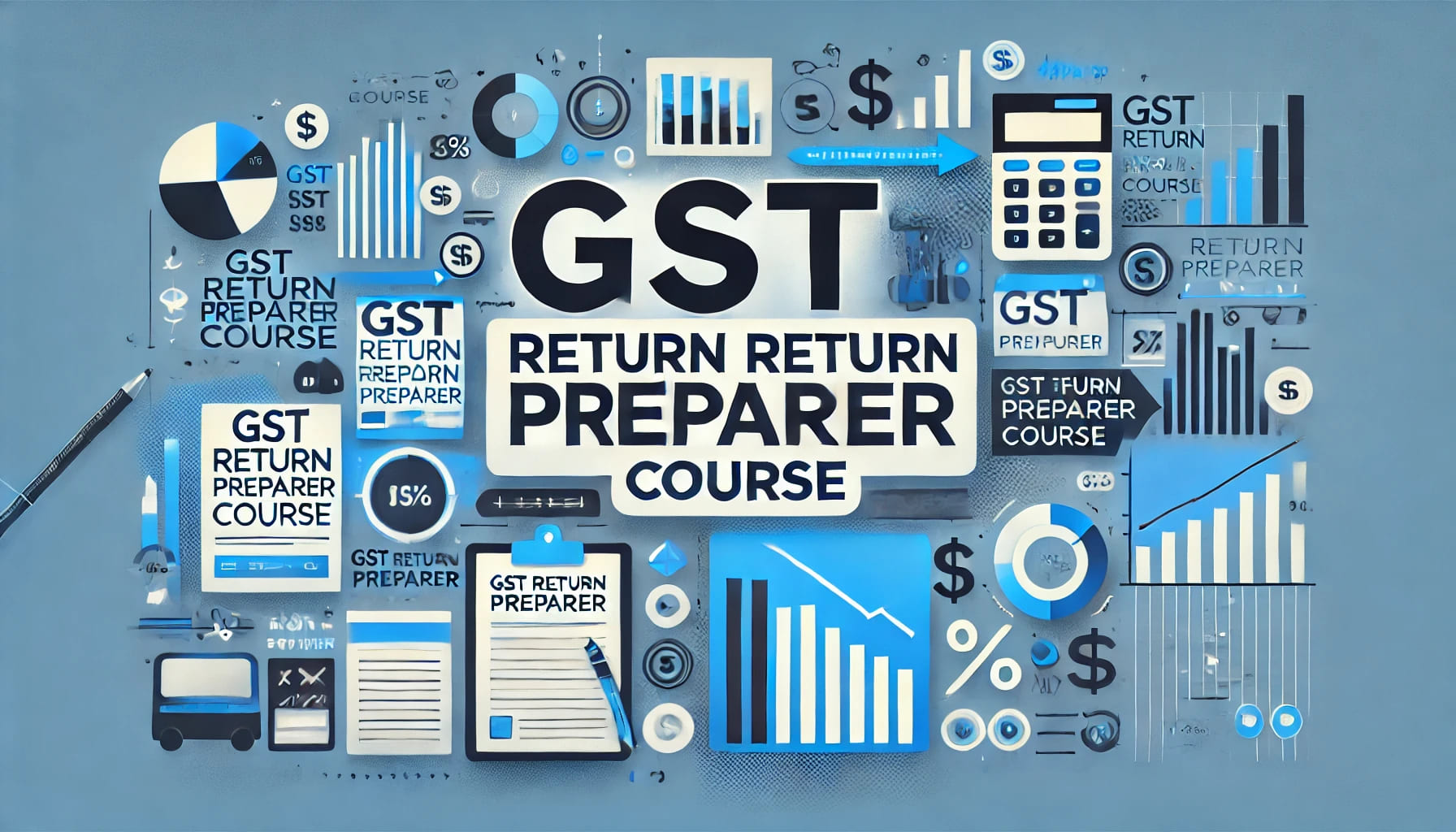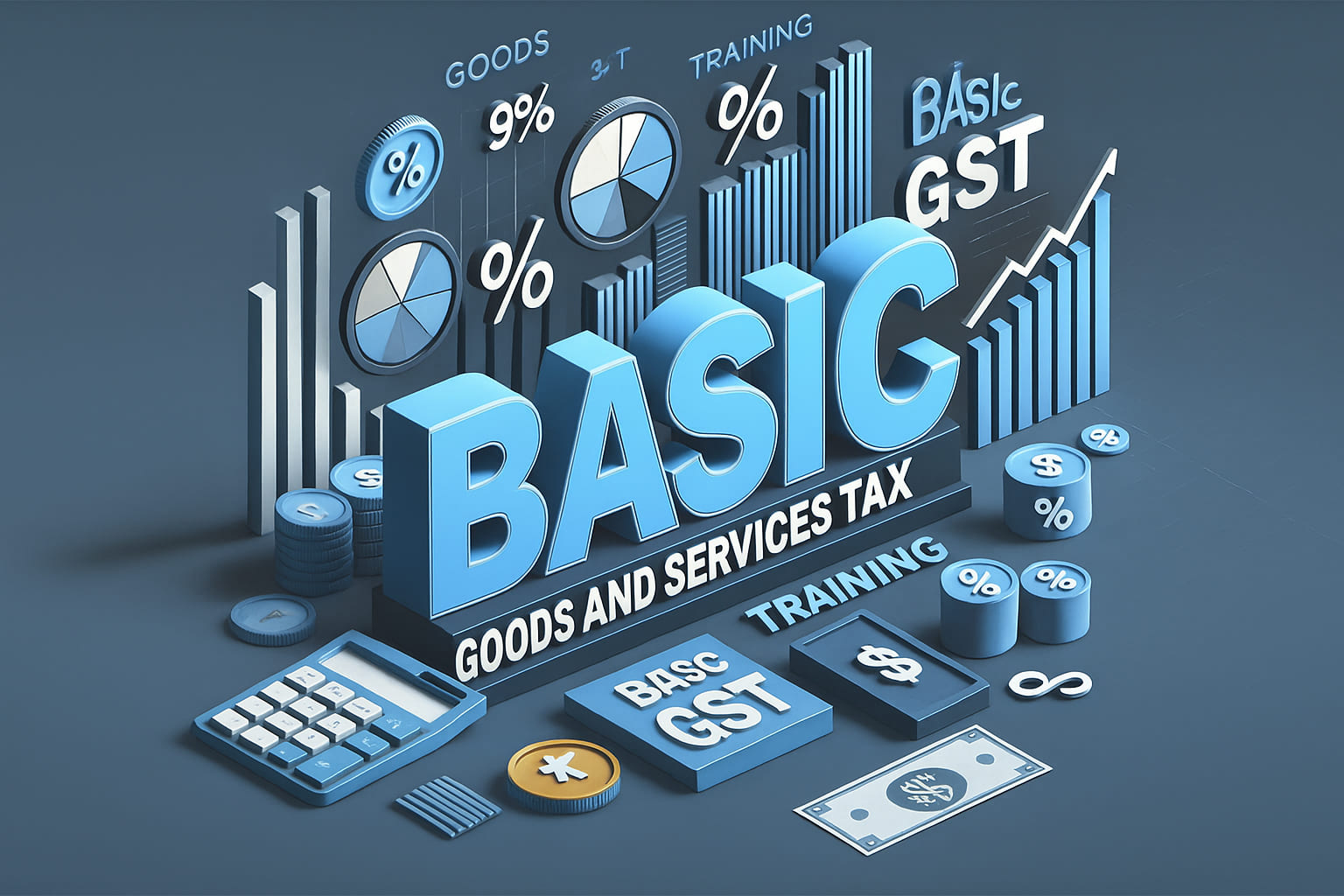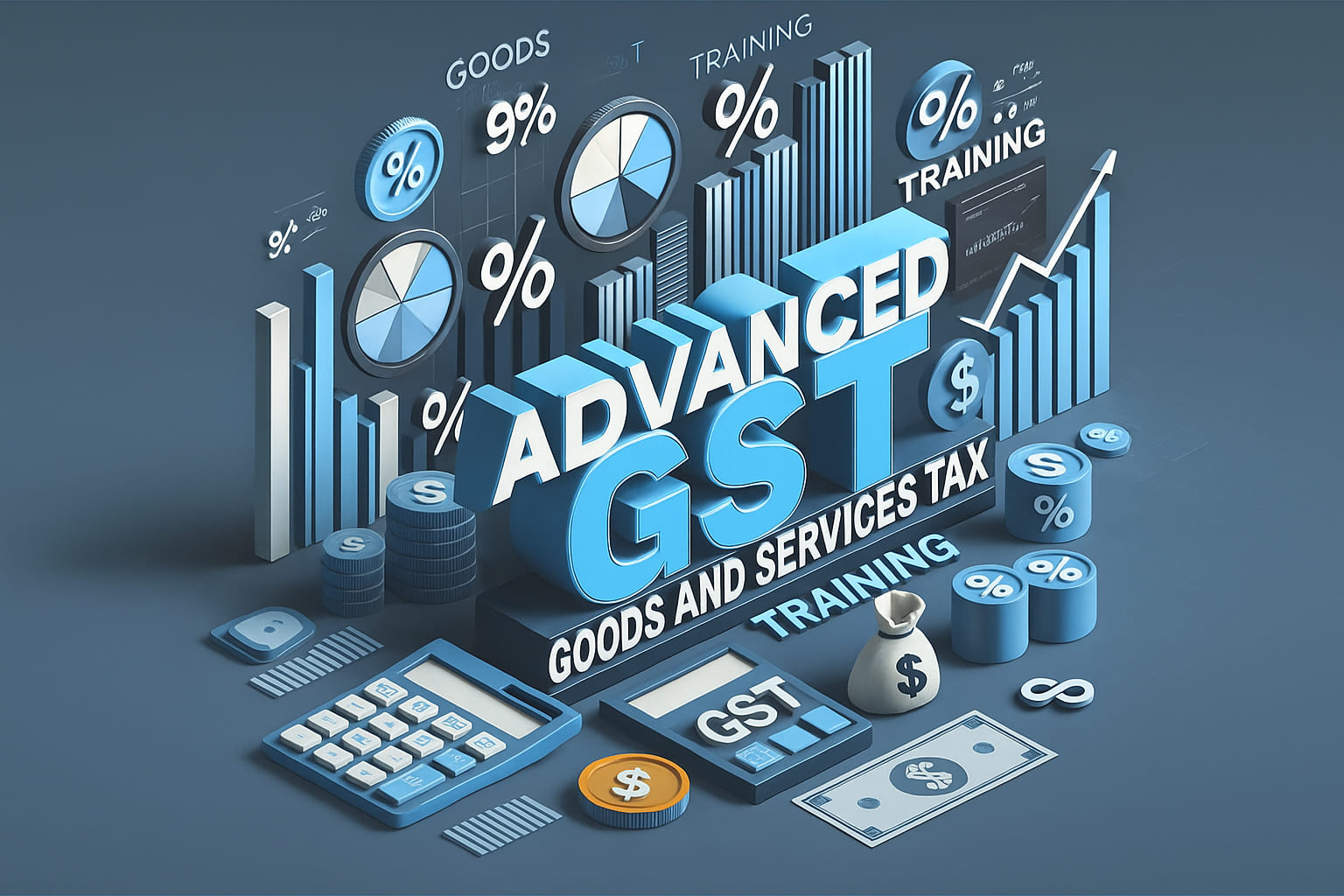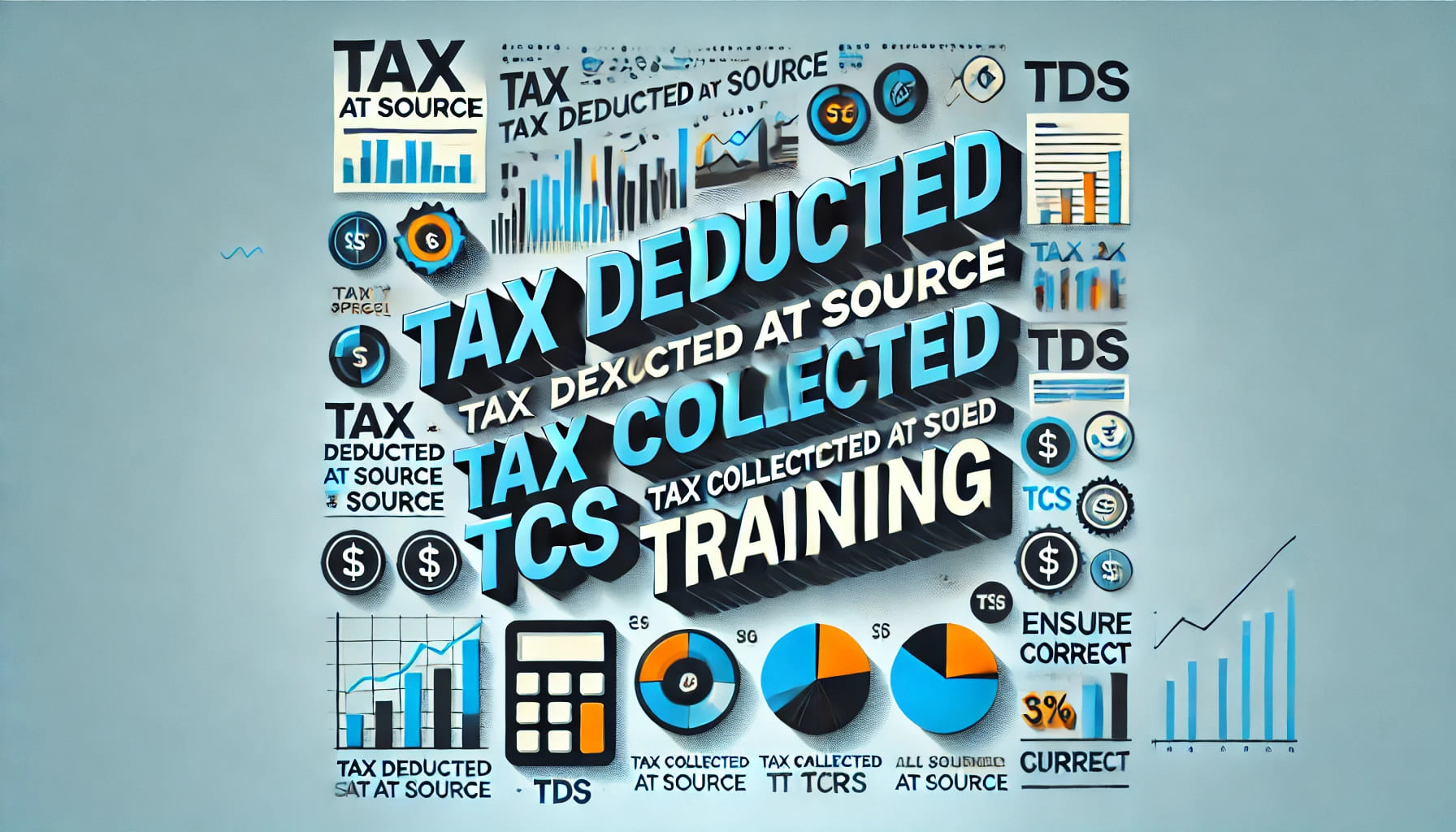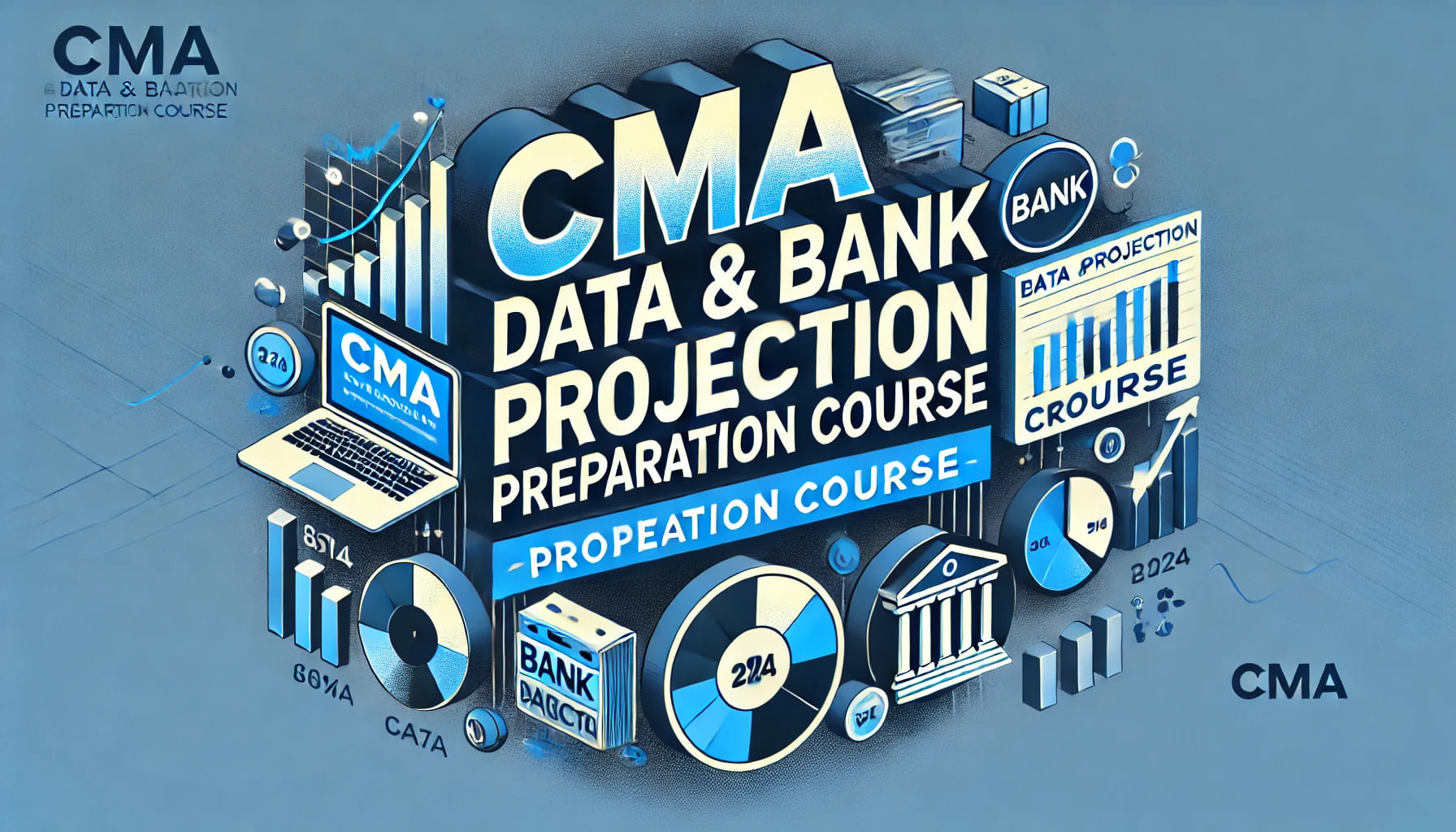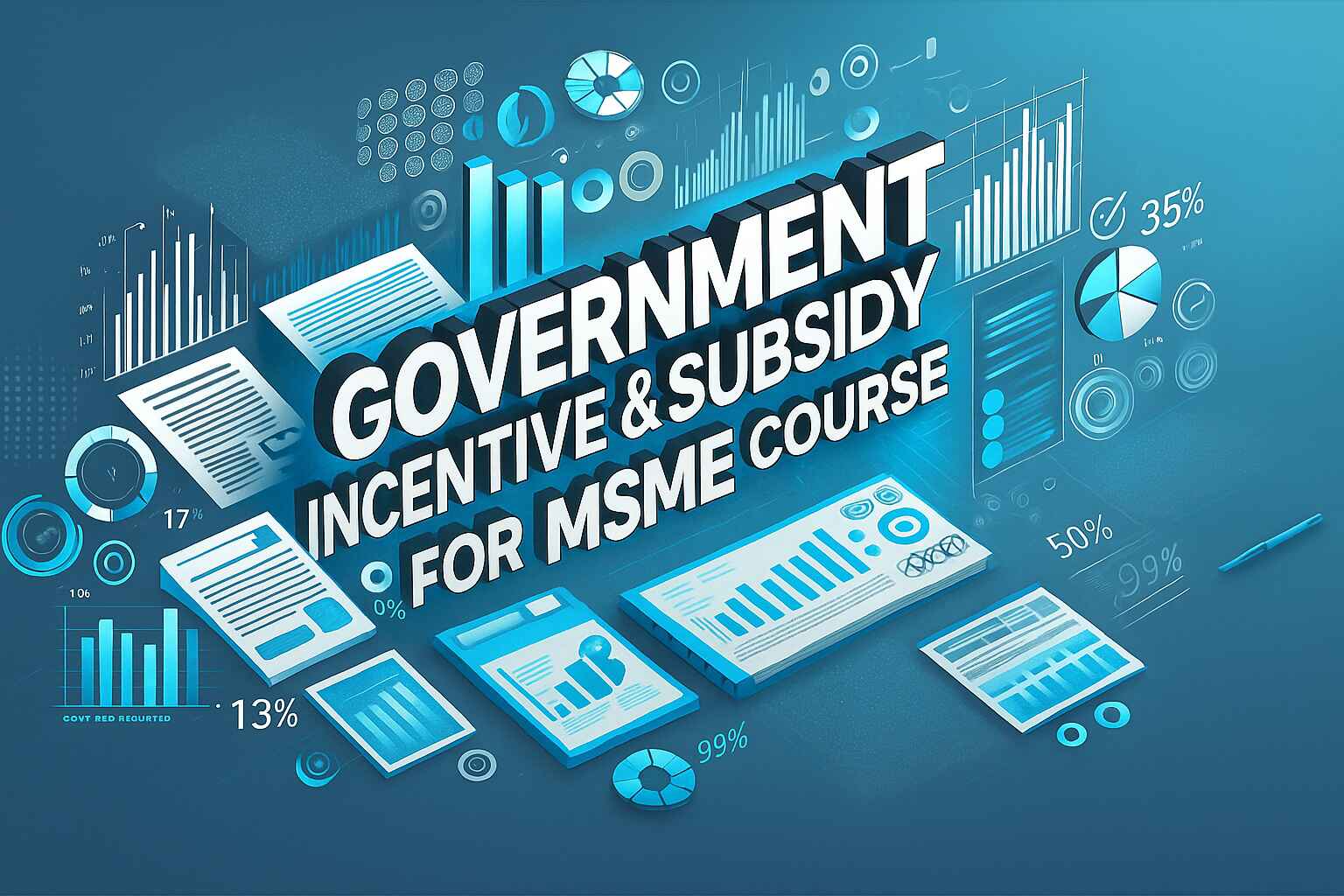
GOVERNMENT INCENTIVE AND SUBSIDY FOR MSME
Micro, Small, and Medium Enterprises (MSMEs) form the backbone of India’s economy, contributing significantly to industrial growth, employment generation, and overall economic development. Recognizing their vital role, the government has introduced various schemes and subsidies aimed at supporting and nurturing the growth and development of MSMEs. In this article, we will explore who is eligible for MSME subsidies, eligibility criteria, registration process, types of subsidies available, and their impact on economic development.

